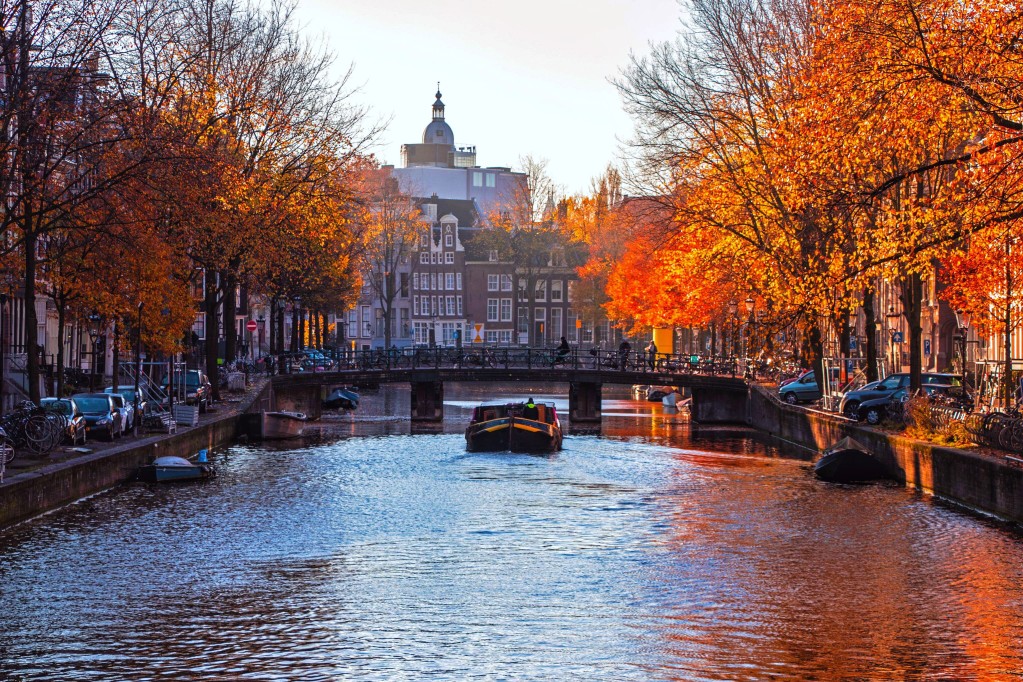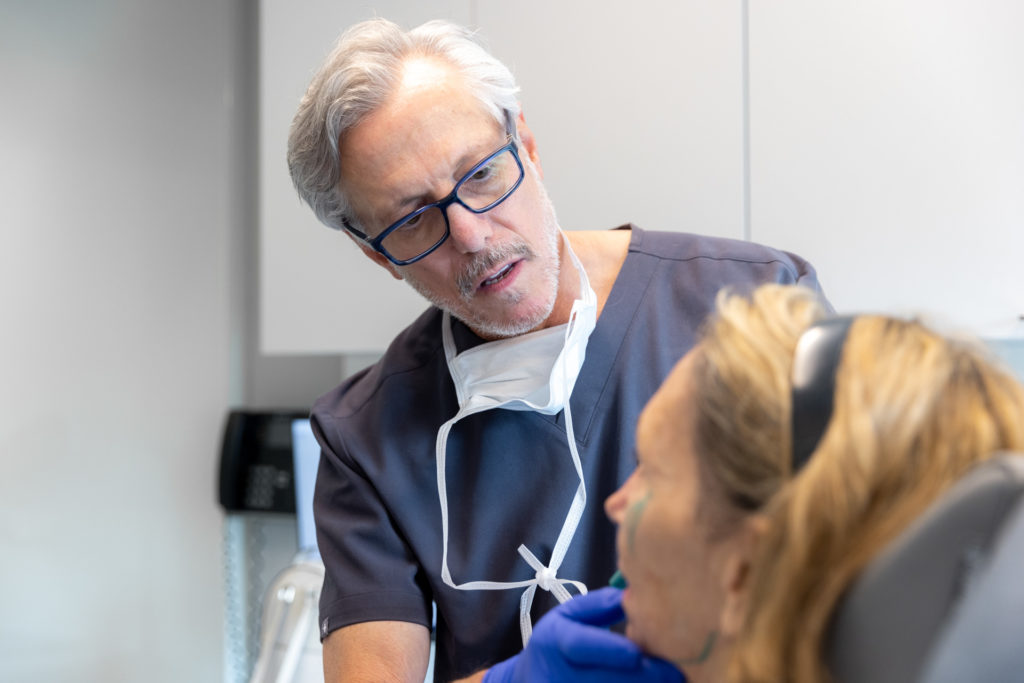
I was invited to be the featured guest speaker at the Amsterdam Rhinoplasty course about a year ago. Officially entitled “20th International Course in Modern Rhinoplasty Techniques”, the course was run for most of the past two decades by Prof. Gilbert Nolst-Trenite. It has recently been taken over by one of his very accomplished students, a well-established rhinoplasty surgeon and teacher in his own right, Dr. Dirk Jan Menger. I brought my wife, Ali, with me on this trip. I submitted a number of topics to lecture on. Among the five talks I was to give, they chose one of my favorite subjects, Revision Rhinoplasty, to be the “Lecture of Honor” for the final day of the symposium. That would become the subject for all lectures that day.
We arrived on Tuesday and had the entire day off to tour and catch up on our jet lag. Right after checking in at our hotel we immediately proceeded to the Van Gogh Museum. This is a spectacular museum, with four floors of Van Gogh masterpieces arranged to mirror his life and the evolution of his work. I heeded the advice I received from my Uncle from when I was backpacking in Europe as a student: that the one thing not to skimp on fees is the audio program. These programs offer insights on the art that only a student of the subject can appreciate. After a nice stroll around Amsterdam we went back to our hotel for a power nap. Dinner was with our host Dr. Menger and his lovely wife at a beautiful brick-walled restaurant.
On Wednesday I was picked up at 7:45 a.m. by Dr. Menger to go to the meeting at the University Hospital of Amsterdam. This is a huge, modern hospital with a soaring roof that housed not only the hospital, but stores, restaurants, and kiosks for the benefit of hospital staff, patients, and their families. Most attendees at this course were practicing surgeons looking to hone their techniques and learn about new innovations in rhinoplasty. There were surgeons from Europe, Asia, and the Middle East. I had two lectures to give later that day. These were preceded in the morning by a live televised surgery by Dr. Menger. I got a preview of what was expected of me for the following day, my own live surgery. Dr. Menger did a beautiful job.
My first lecture was on “Graduated Tip-plasty.” Surgery for the nasal tip is the most challenging part of rhinoplasty. Each patient needs to be assessed and treated as an individual. Volume, length, strength, and the shape of the nasal tip cartilages are all evaluated, as well as the relationship of the nasal tip to the rest of the nose and the patient’s face. Treatments range from simple to complex and may involve trimming some cartilage and/or rearranging parts of the tip cartilage. Sutures and grafts of the patient’s own cartilage are also often used to obtain the desired result.
I gave my second lecture that afternoon, “3-D Imaging, a New Dimension in Consultations, Evaluation and Planning.” I have been using computer imaging for rhinoplasty since the beginning of my practice 25 years ago. Like surgical techniques, this technology has evolved from black and white video capture, to color cameras, to digital photography, and now to 3-Dimensional imaging. Computer imaging is not just for showing potential results, it helps stimulate a dialogue with patients about potential changes, mutual goals, and what can and can’t be achieved in rhinoplasty. Vectra 3-D imaging takes this to the next level. It is also excellent for an academic rhinoplasty practice such as mine, since precise measurements can be made of each nose and compared to both projected as well as actual outcome. These can be recorded and used for medical studies on rhinoplasty.
My last presentation for that day consisted of a few case presentations. I projected the “before” photos of a patient and a panel of experts from the faculty discussed how they would treat these patients. This was followed by a discussion of my results. It’s quite interesting to see how other experts on rhinoplasty think and plan for surgery, sometimes quite differently. This underscores the fact that there is rarely one solution to rhinoplasty. It’s not a cookbook approach of learning, a series of techniques, but more the art of evaluation and planning.
Dinner that night was with the course faculty. This was a chance to get to know my European colleagues in a more cordial atmosphere. Two of the distinguished faculty included Dr. Miriam Bonish from Austria and Dr. Peter Hellings from Belgium.




